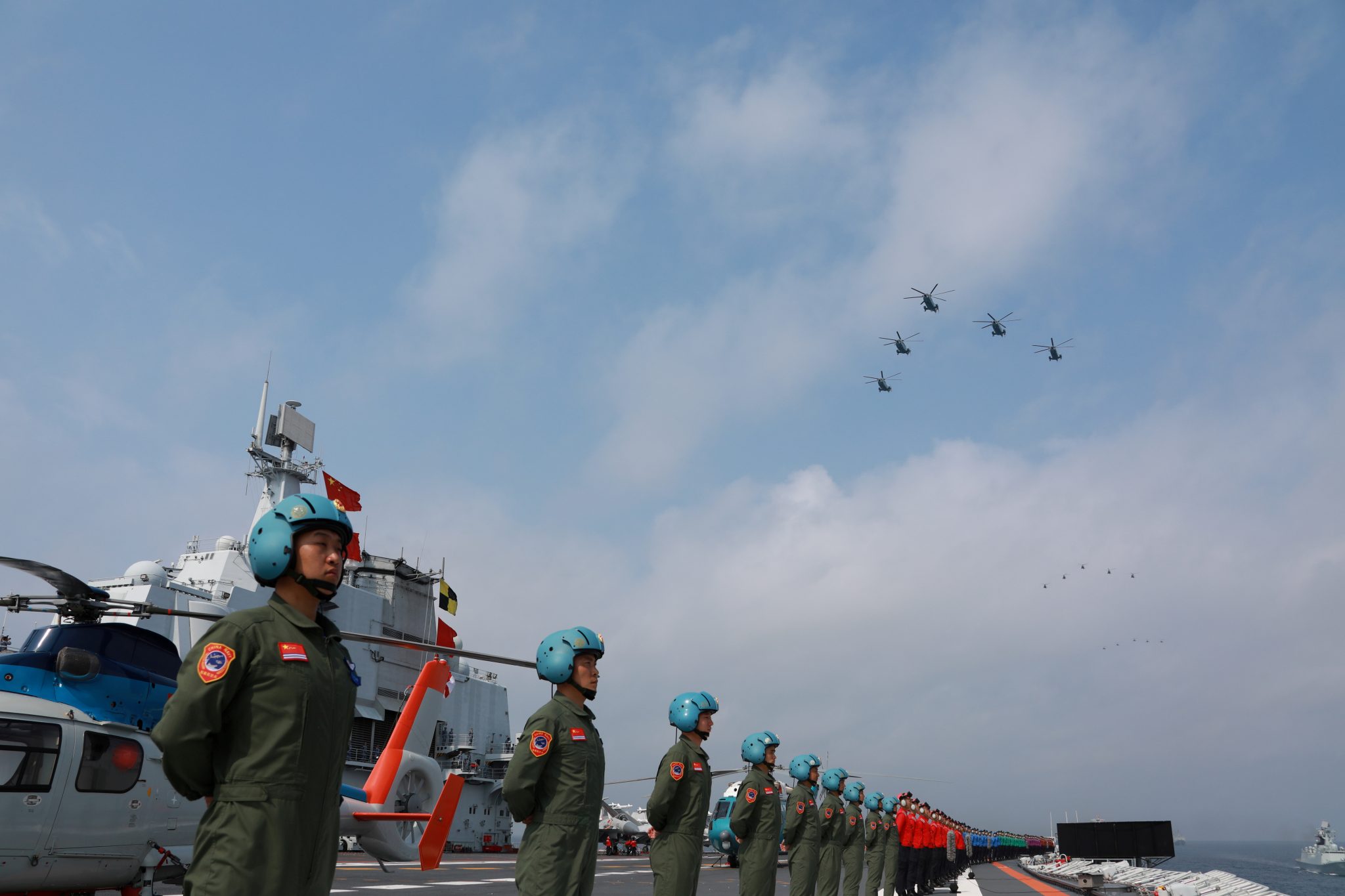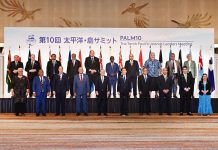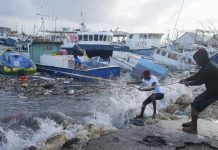By Rick Perez
Guam remains a key target for the Chinese military. During the Cold War Guam was a target of the Soviet military in part because Sumay was home to Navy submarines that carried intercontinental ballistic missiles containing nuclear warheads. Guam was also a choice Cold War military target because long range Air Force bombers responsible for nuclear attack missions operated out of Guam.
Today Guam has several nuclear-powered and nuclear-armed submarines, a host of tactical and special operations related activity, a variety of training organisations, and recurring presence of long-range bombers and fighters capable of carrying nuclear weapons.
The United States has not spent the money to fully protect Guam and the Chamorro people from military attack.
But with all these weapons of war concentrated on our island, Chamorro Pacific Islander families, friends, and relatives are not fully protected and shielded from a missile attack. Guam and the CNMI have no nuclear bomb shelter infrastructure in place that villagers can go to in the event a ballistic missile is launched at our island chain. The THAAD in northern Guam and Navy ships equipped with Aegis ballistic missile defense systems offshore do not represent complete protection of Guam’s villager population.
Mariana Islands critical infrastructure is not fully protected either and the writer doubts that it can withstand a major cyber-attack. Our island chain is dependent on space-based and undersea-based communications infrastructure networks to operate on a daily and moment-by-moment basis.
To fully protect the Marianas and our Chamorro civilisation from attack, the United States national government needs to spend hundreds of millions of dollars or more of additional public funds to provide real protections to save human life and protect critical informational and physical infrastructure.
Risks to military readiness that aren’t readily apparent and need targeted attention
Sumay, Guam is home to five very dangerous, very expensive, and incredibly lethal nuclear-powered submarines. These submarines are getting old, and the Navy is at a point where Congress is not providing enough money to the military to buy more submarines to adequately replace the older models.
There are around 30 Los Angeles class submarines in the total Navy inventory and Guam has five of these boats. These vessels need more maintenance as they get older, and the Navy has decided to continue to keep these submarines in operation for longer periods of time. Some of these submarines will be getting new nuclear reactor cores to help keep them running for longer periods of time.
The age, constant wear and tear, and need for newer submarines as well as more tenders pose a challenge to overall sustained military readiness. The Chinese view Sumay as a valuable military target in part because of the high concentration of Los Angeles class submarines homeported on our island. The older they get, the more mileage they accrue, and the more use they get, the more wear and tear is experienced.

Why Guam will continue to be a prime military target for the Chinese?
President Joe Biden wants more submarines in the water. The Navy has about 50 that are operational, and the President wants to see over 70 in the water. Future submarines will continue to visit Guam or be homeported at Sumay as the U.S and China continue their respective military build-ups.
Despite challenges to American submarine counts, select capability limits and age, the Chamorro people and villagers of Guam and the Northern Marianas are not fully protected from a future ballistic missile or hypersonic speed attack because the Marianas has nothing in place to neutralise an incoming weapon traveling at hypersonic speeds.
Guam and the NMI need congressmen who sit on the U.S House Armed Services subcommittees
To grow public awareness, the congressmen from Guam and the CNMI who work on Capitol Hill have it in their interest to get on one or more of the subcommittees on Armed Services. This is so because the consequences of the ongoing military build up to villagers are of highest importance.
The Pentagon is looking at constructing a shore-based Aegis combat system to further protect Guam from short-, medium-, or intermediate range ballistic missile attacks at presumably terminal phase. This possibility will augment Navy surface vessels that are currently assigned to carry out missile defense missions in the region to shoot down missiles both at midcourse and terminal phases. The problem with all of this is that the Navy doesn’t yet have a sea-based option to take down a ballistic missile headed for Guam traveling at hypersonic speed.
Questions that remain unanswered
What are the Guam and CNMI congressmen going to do about advocating for real protections for villagers should Guam be attacked? Why are these leaders not asking the Pentagon about the status of a Guam-based Aegis combat system?
What service branch will man a shore-based Aegis system in Guam should one be constructed? Should the congressmen be asking the Pentagon if Guam Guard personnel can be assigned and trained to operate an Aegis shore-based system? Will the Pentagon experience a host of delays with constructing such a system, like the delays experienced with Aegis systems constructed in other parts of the world?
Will the Japanese and Korean navies be helping with missile defense and the protection of Guam and the CNMI by providing additional support to the American Navy in this capacity?
Will Guam be used as a future site intended to intercept intercontinental ballistic missiles? Why are not the Guam and CNMI congressmen asking these questions?
As it stands, the writer does not believe that the American Navy is ready for a major regional hot war at sea against China. Our nation’s Navy is not producing enough ships fast enough to keep up with China, logistical concerns remain, and as we have seen over the past 20 years, a variety of U.S Navy surface ships and submarines have gotten into accidents in a peacetime environment that portends problems of the highest order, should China decide to directly fight the United States at sea.
SOURCE: SAIPAN TRIBUNE/ PACNEWS














